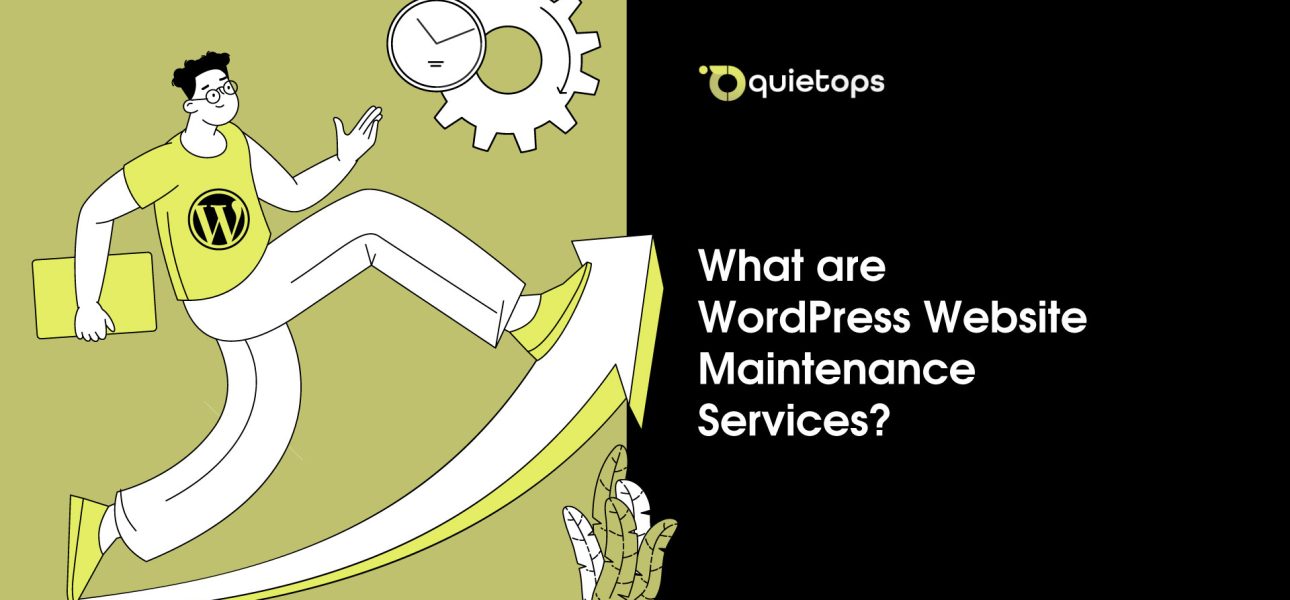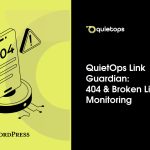Business owners can’t afford to ignore the problems and challenges that are hiding in plain sight.
It’s not enough to merely establish a website and hope for the best to keep it up and running, safe, and fast. Website maintenance services are the most important part of having a digital presence, but a lot of businesses don’t know what that means until something goes wrong. This guide goes into detail on the real-life problems and common mistakes that people make when maintaining a website that can hurt performance, cost money, and hurt reputations.
1. Not knowing what maintenance means

A lot of people think that maintenance is fixing things when they break. But taking care of a website is more about keeping things from breaking in the first place.
Things that people often get wrong:
- It’s just about upgrades to the software
- Only necessary for large or online stores
- Can be done once a year
Example from the real world:
In 2021, a nearby salon started a website. They hadn’t changed it in two years. Their Google ranking dropped because they were hacked using an old contact form.
Maintenance is something you do before something goes wrong, not after it does. If you don’t comprehend this, you’ll miss tasks and end up in a crisis.
2. Assuming “Set It and Forget It” Works
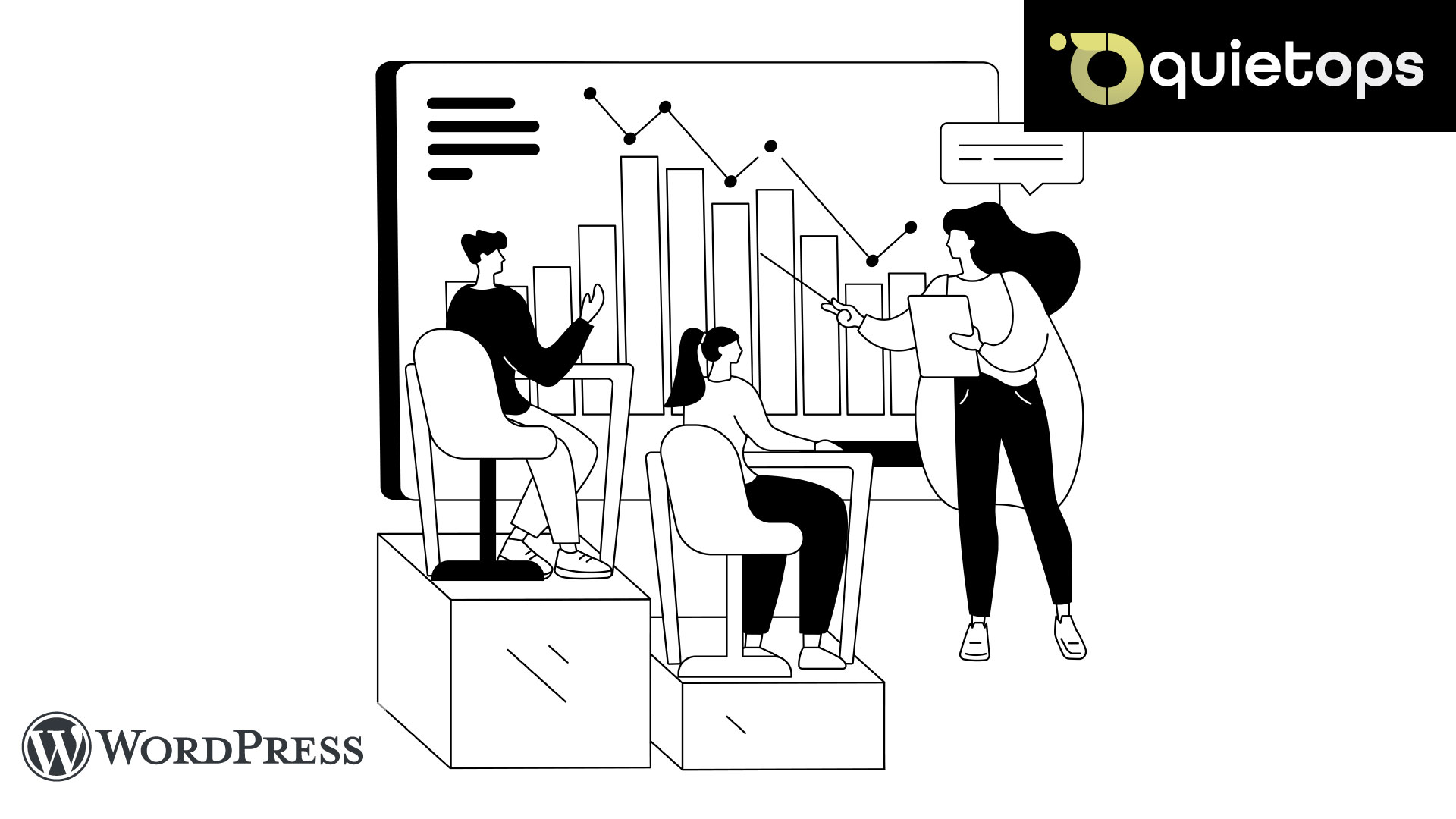
Websites are not like microwaves. You can’t just push a button and leave.
The Issue:
- Once the site is live, businesses cease paying attention.
- No one keeps track of uptime or problems.
- People cease getting leads and queries, but no one notices for weeks.
Example from the real world:
The contact form for a small law practice stopped working after an upgrade to a plugin. For two months, no one noticed it. That’s more than 60 leads that are gone.
Your website can quietly fail behind the scenes if you don’t keep an eye on it all the time.
3. Not paying attention to backups until it’s too late
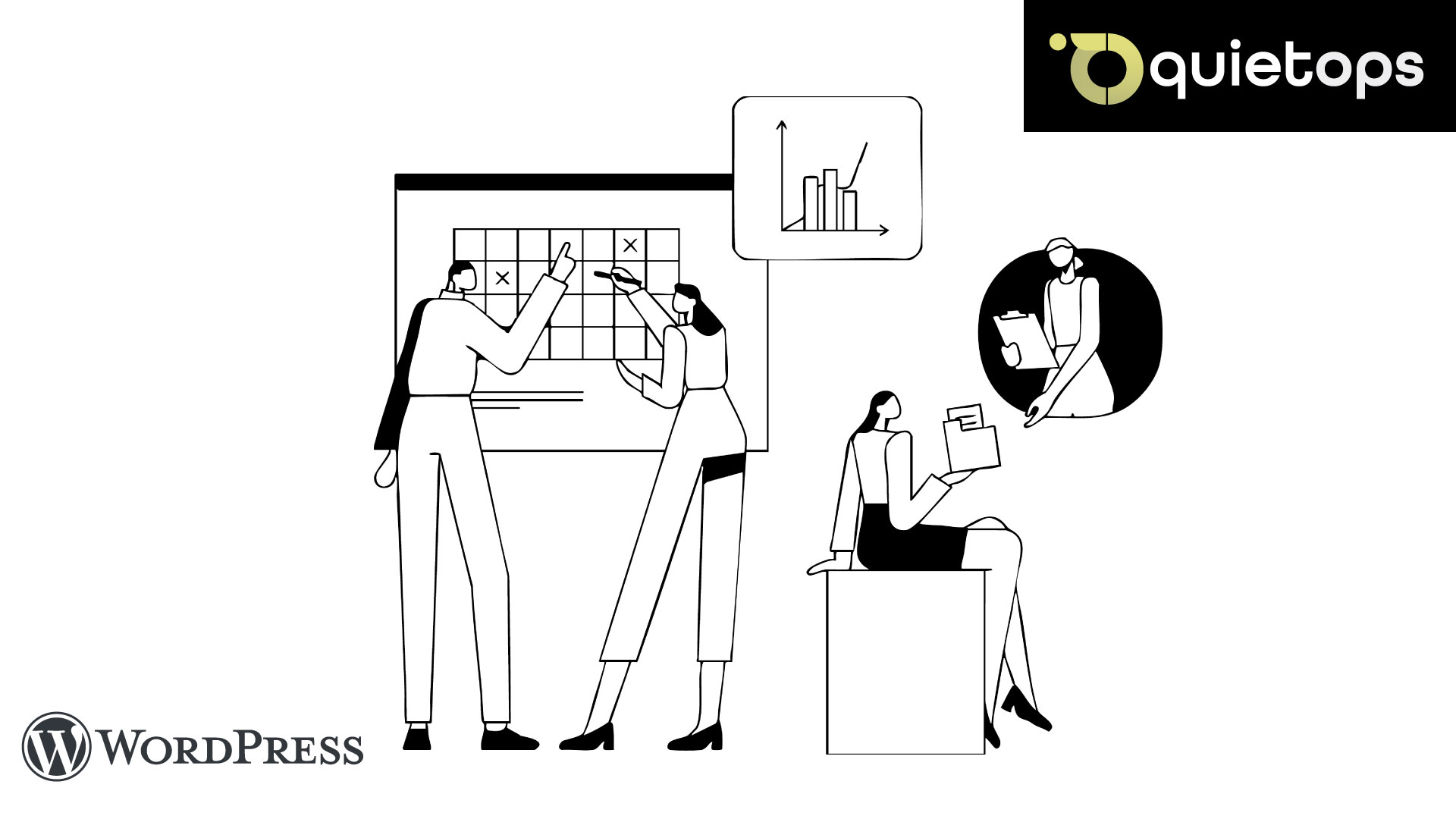
No backup? You’re taking a risk with your online business.
Why It Matters:
- Not all hosting companies offer full backups.
- A crash or malware can erase your data.
- Backups need to be up to date, not just once in a while.
Mistakes that happen a lot:
- Backing up once a month instead than once a day
- Not keeping backups off-site
- There is no easy method to restore
Backups are not optional; they are your safety net. You don’t really have them if they aren’t automated and tested.
4. Not paying attention to how plugins and themes work together
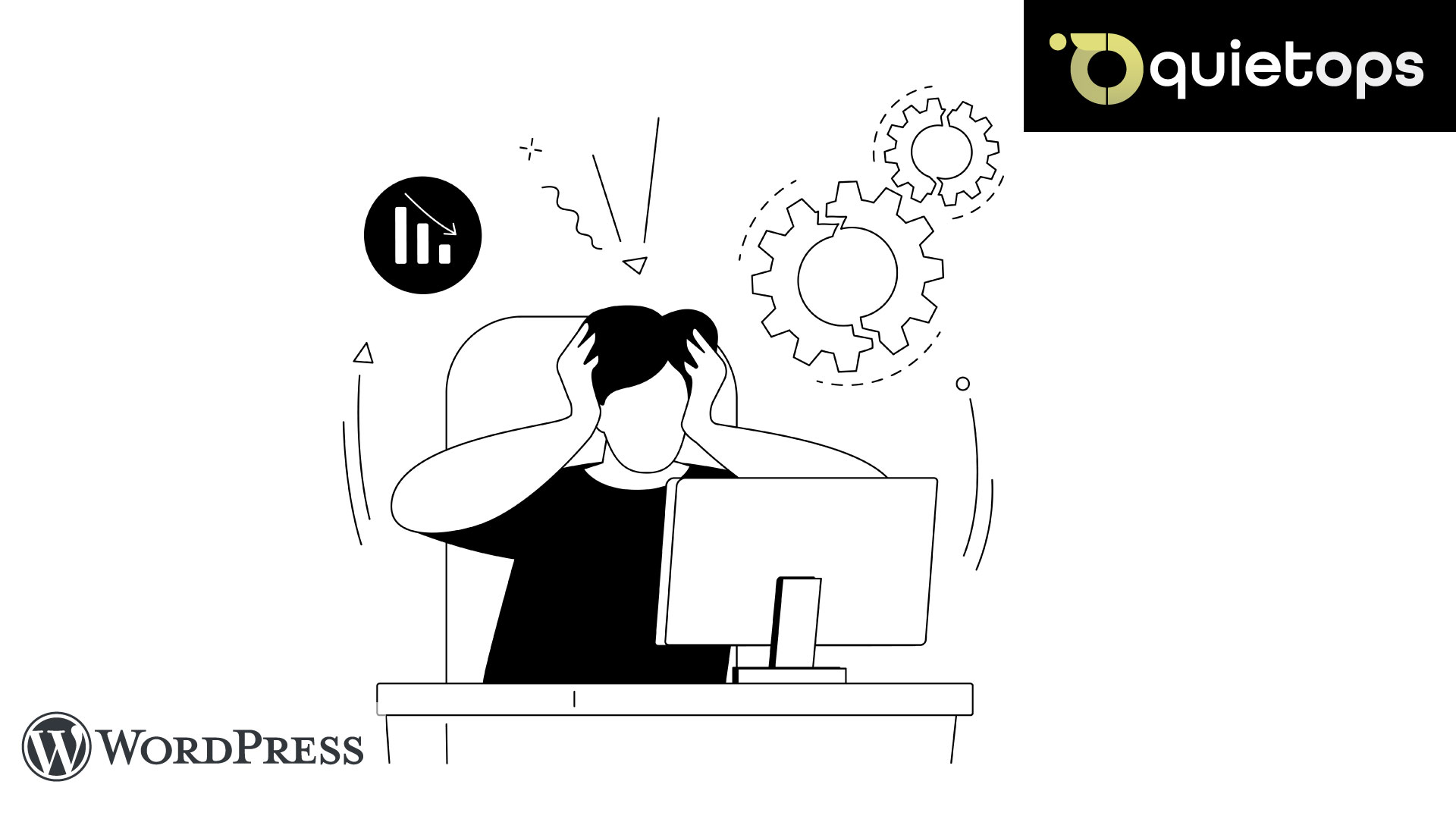
If you don’t keep your site up to date, every plugin update is a gamble.
The Dangers:
- Plugin problems that cause your site to crash
- Themes stop working after a WordPress upgrade
- Old parts that leave security holes
Signs of Danger:
- Elements that don’t show up right
- The admin dashboard isn’t working right.
- Errors that happened after the update that can’t be explained
It’s important to check compatibility on a regular basis. Not paying attention to them causes problems with how things work and how they look.
5. Letting Performance Get Worse Over Time
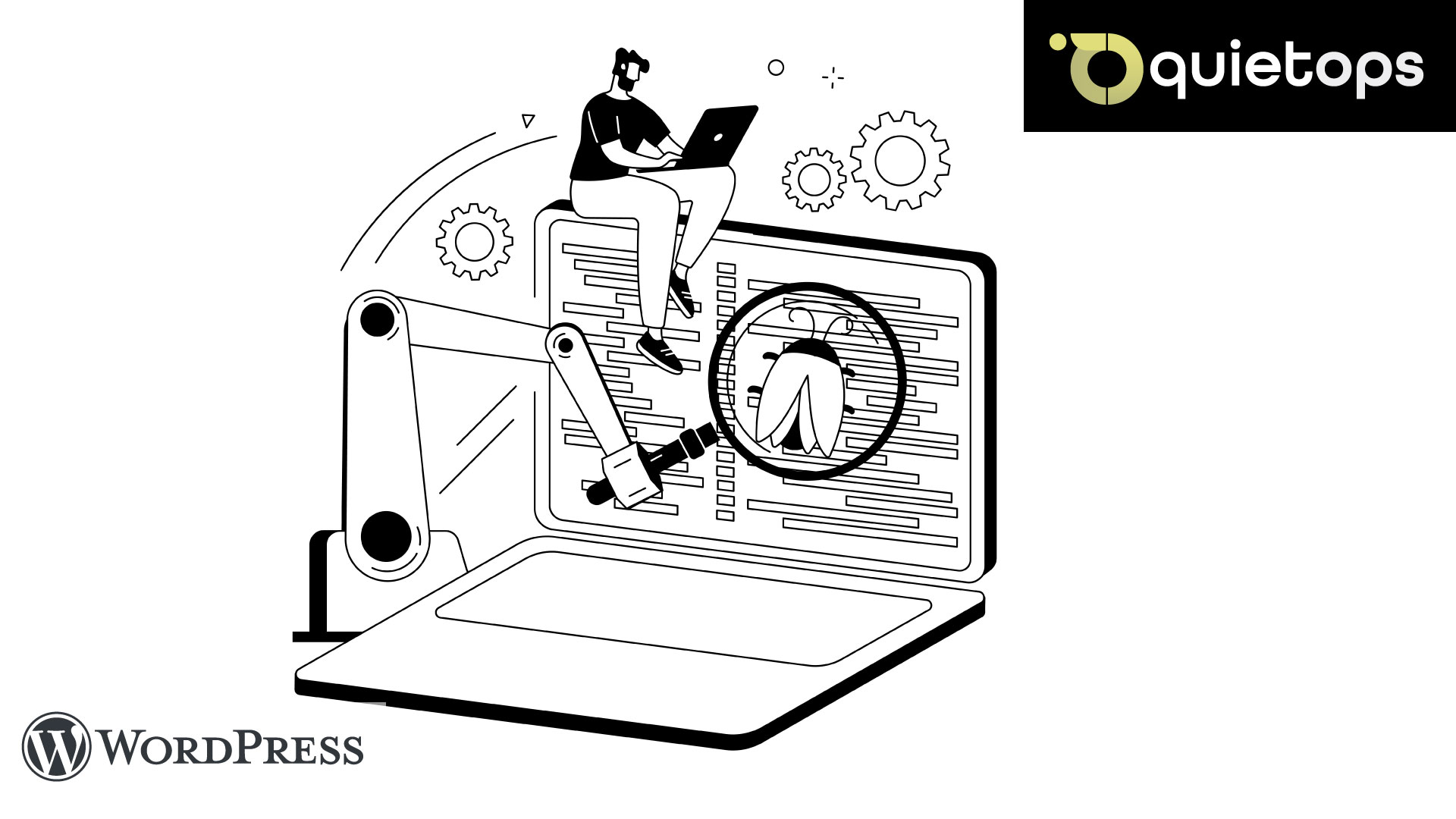
A slow site doesn’t just make people mad; it also hurts conversions and search rankings.
The Hidden Drags:
- Image gets bigger over time
- Databases that are too full
- Scripts from third parties that haven’t been tested
What to Look Out For:
- More people leaving the site
- A drop in Google Search Console metrics
- Complaints from users
The performance of a site changes all the time. If you don’t keep an eye on things all the time, you’re probably falling behind.
6. Not taking downtime costs into account
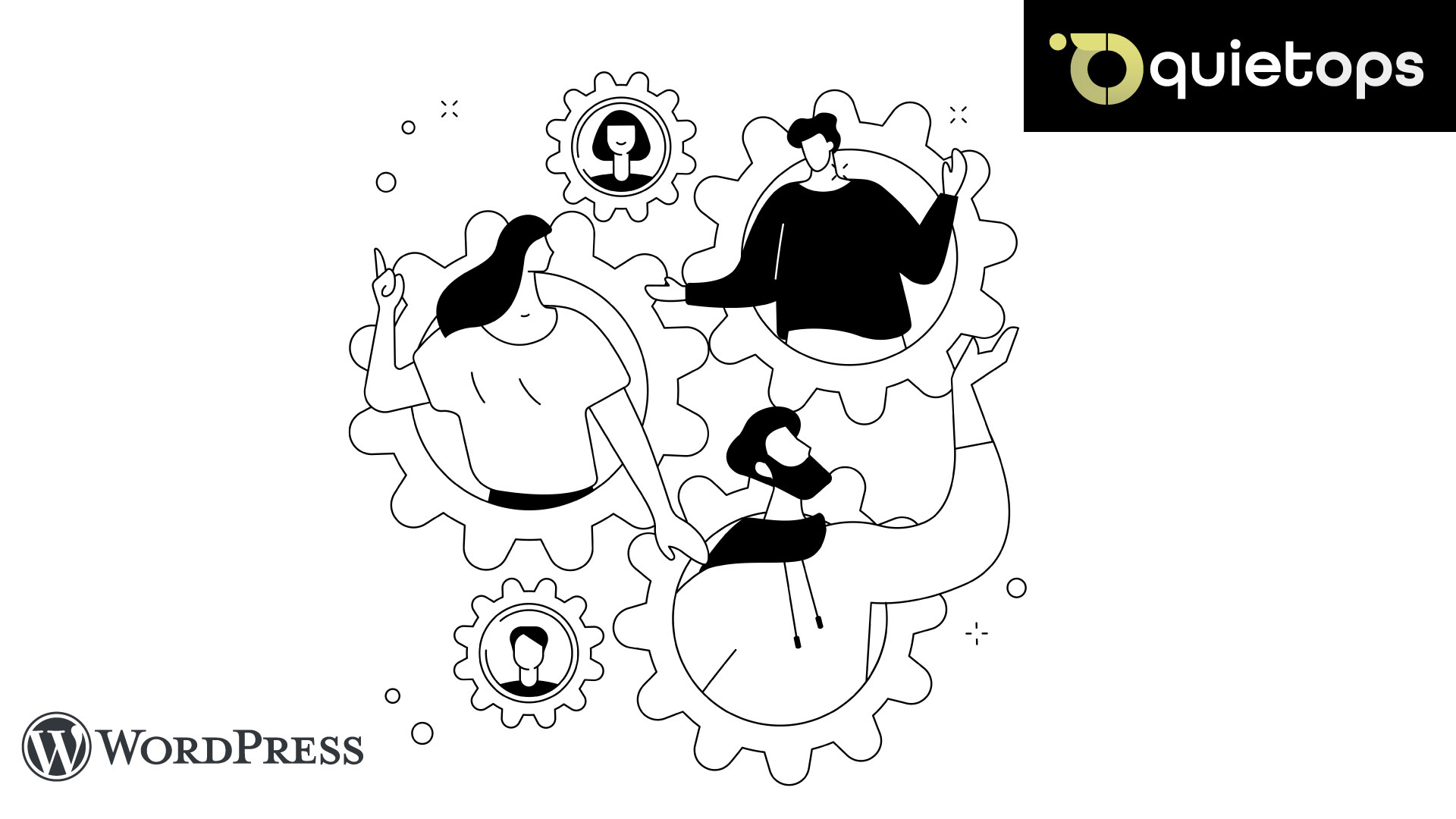
Even short power disruptions can have big effects.
Breakdown of Costs:
- Not getting sales or leads
- Hurt SEO rankings
- Less trust from users
Example from the real world:
During a launch, an online course platform was down for only four hours. What happened? More than $12,000 in lost sales.
Downtime is more than just a little annoying. It hurts your income directly.
7. Believing that security is someone else’s job
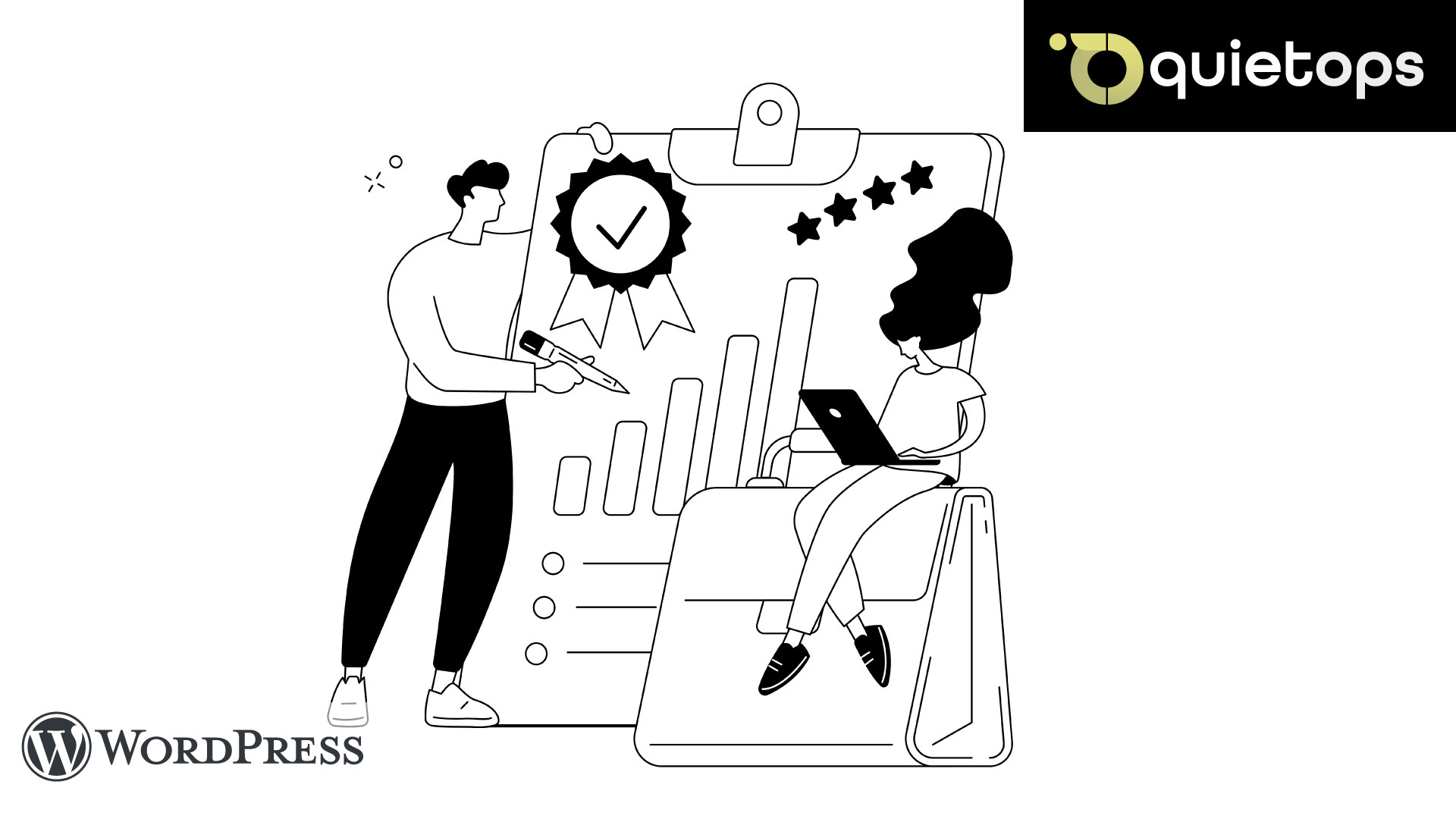
Not your hosting provider, WordPress, or Google are responsible for the security of your website. You are.
Main Risks:
- Outdated plugins that are known to have security holes
- Passwords that are easy to guess
- No scanning for malware
Example from the real world:
A freelancer didn’t pay attention to security alerts. One day, their website sent visitors to a porn site. Their portfolio? Gone.
Everyone is responsible for safety. Ignoring it is a recipe for disaster.
8. Not optimizing for mobile after launch
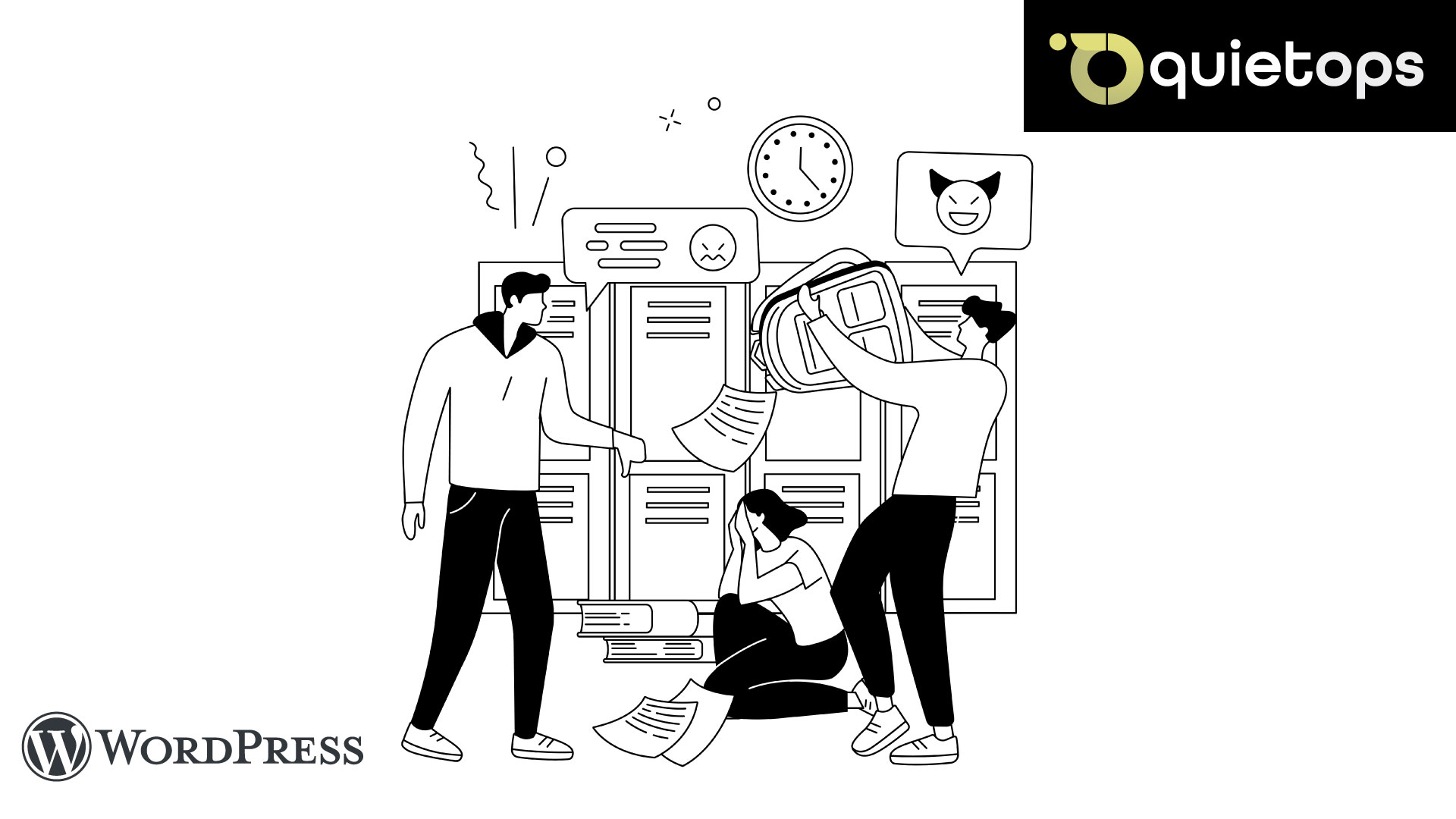
Your site may not stay mobile-ready even if it was when it first launched.
Ongoing Issues:
- New plugins are messing up mobile views
- Design changes that don’t take responsiveness into account
- Mobile page speed that was missed
Signs that you’re slipping:
- Warnings about mobile usability in Google Search Console
- A bounce rate of more than 50% on mobile
Mobile isn’t something you do once. It’s a part of your maintenance that you do every day.
9. Not keeping legal and compliance information up to date
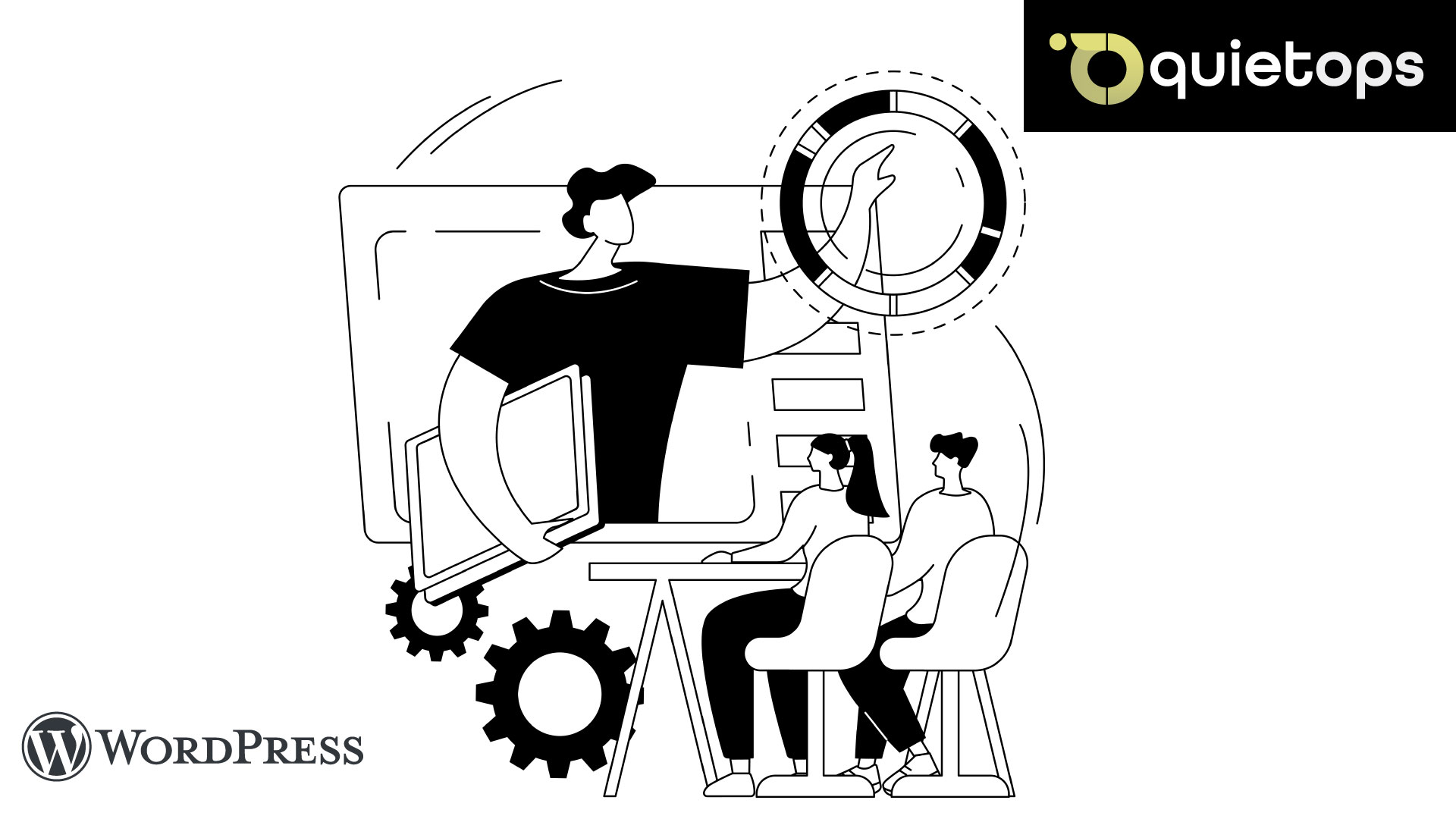
Laws about privacy change. The terms of service need to be changed. If your site doesn’t show this, you’re at risk.
What Gets Missed:
- Banners for cookies that don’t work
- Checks for conformity with GDPR
- Updated copyright dates and disclaimers
Examples of Risk:
- Penalties for not following the rules
- Outdated terminology make you legally vulnerable
Not keeping up with legislative changes is not only lazy, it’s also unsafe.
10. Not Thinking About 404 Errors and Broken Links
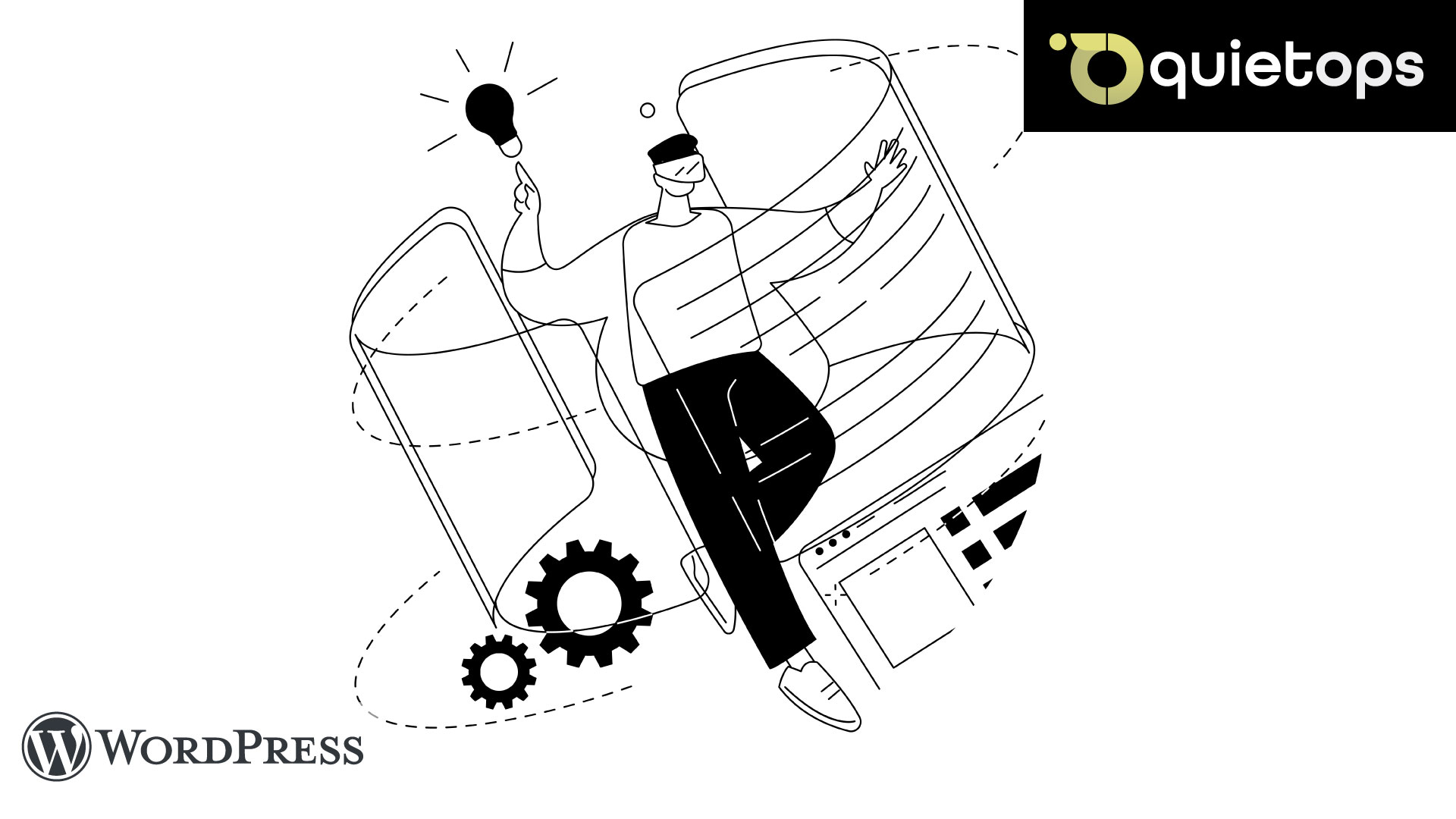
Dead links show that you don’t care and make people angry.
What Goes Wrong:
- Pages were renamed or removed.
- External sites moved or went out of business
- No redirects are set up
Effects on Business:
- Lower scores for SEO
- Customers no longer trust you
Not only do broken links appear ugly, but they also hurt your reputation and exposure.
11. Not Keeping an Eye on Site Speed All the Time
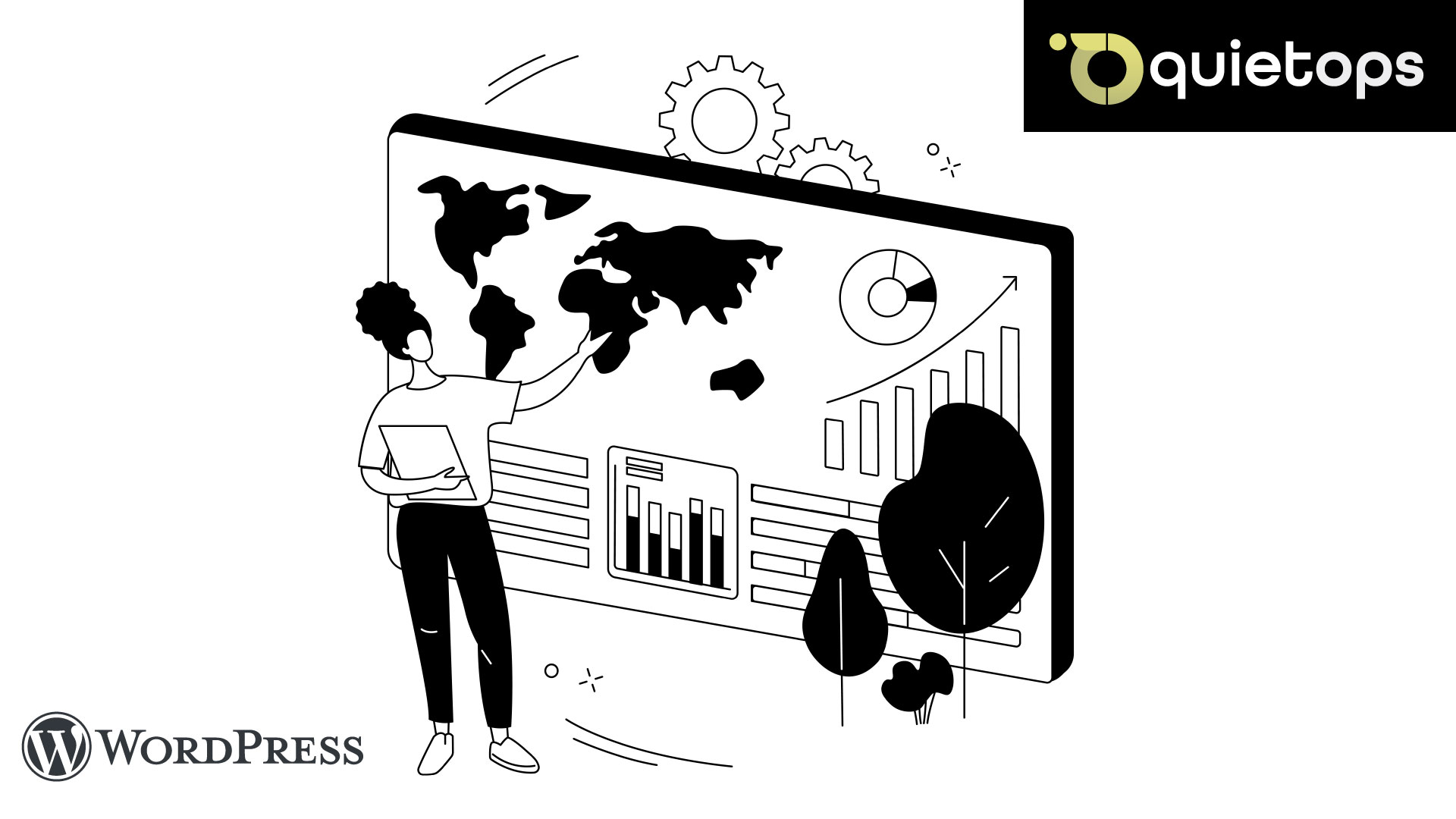
You can’t just test speed once; it changes with content, traffic, and updates.
What Makes You Slow Down:
- Images that aren’t compressed
- Plugins that don’t work well with code
- Server strain over time
Fixes Aren’t Enough:
- You need trends, not pictures.
- It’s important to do audits every week or month.
Your site’s performance will always go down if you don’t check it regularly.
12. Letting content get old or stale
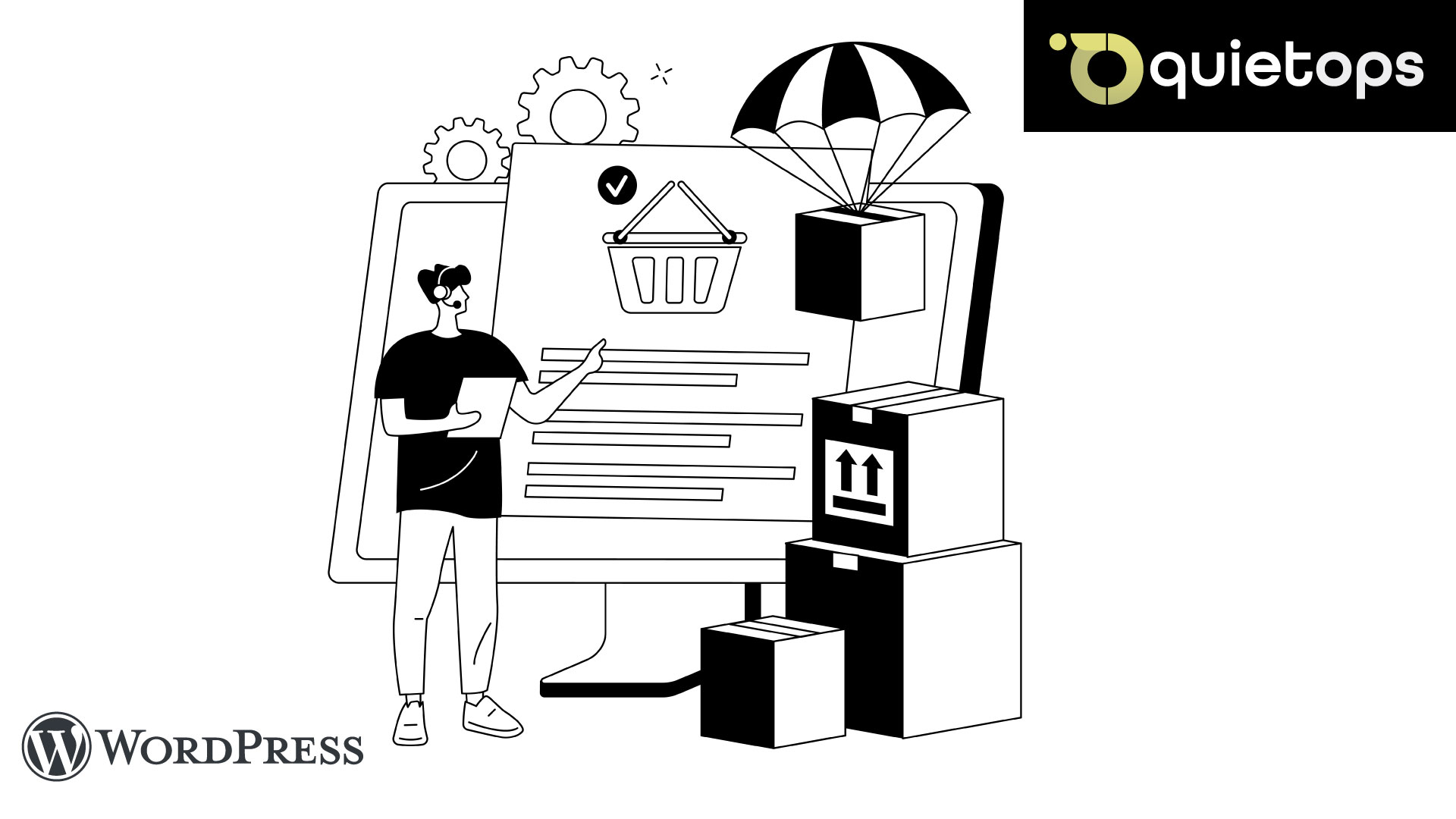
A blog that hasn’t been updated in a while or a homepage that hasn’t been updated in a while lets visitors know that no one is home.
Common Causes:
- People on the team who leave
- Services you don’t offer anymore
- Posts about news from 2019
How Customers See It:
- “Are they still in business?”
- Less trust and involvement
New content shows that you are alive, active, and important.
13. Poorly managing hosting resources
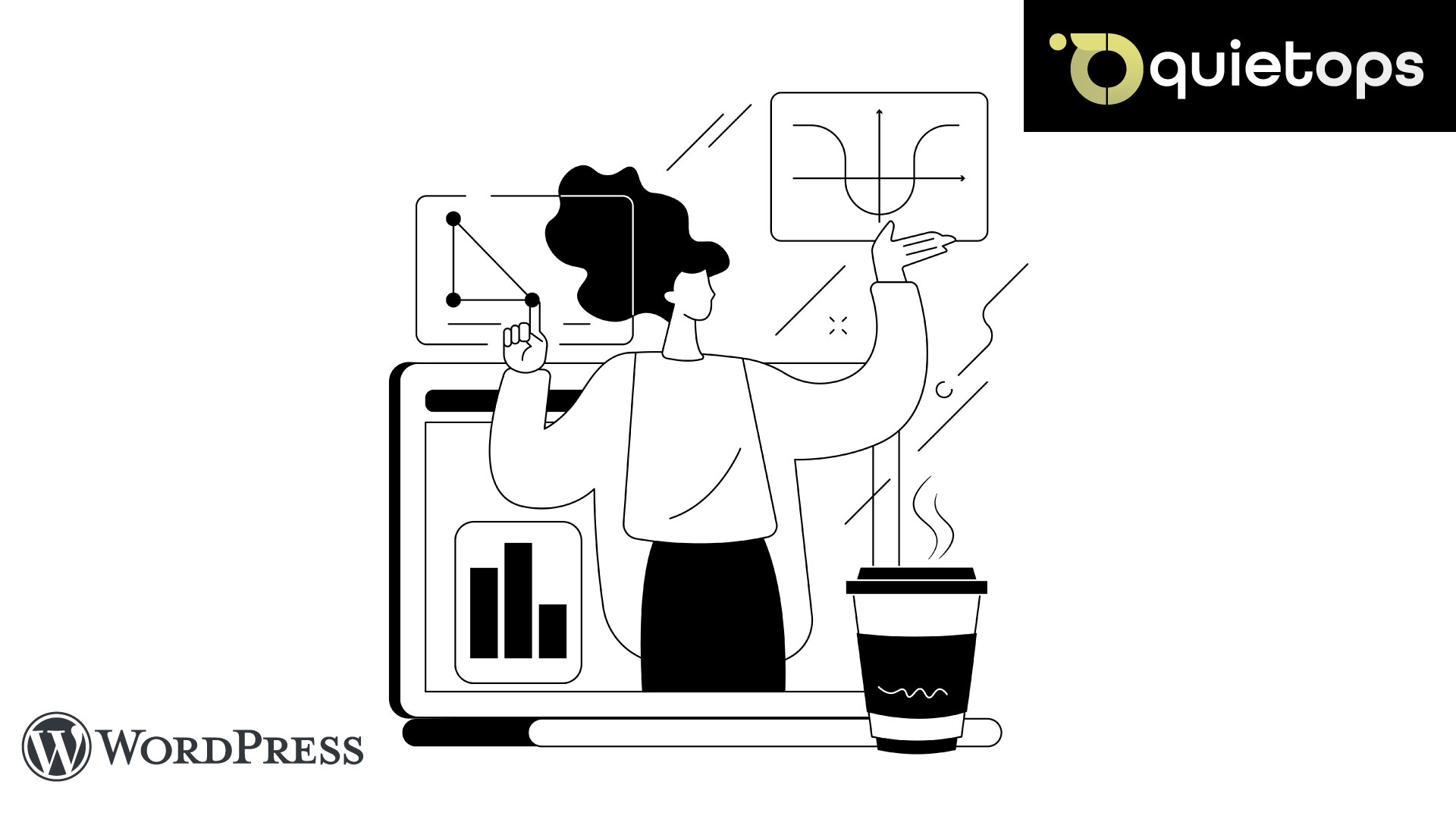
You don’t need the biggest strategy, but you do need the proper one.
What Goes Wrong:
- Choosing shared hosting for sites with a lot of traffic
- Not updating when it’s time
- There is no monitoring of the server.
Signs that you have outgrown it:
- Slowdowns that happen a lot
- Crashes that happen at random
Good hosting is quiet and out of the way; terrible hosting is a pain in the neck every day.
14. Not Checking After Updates
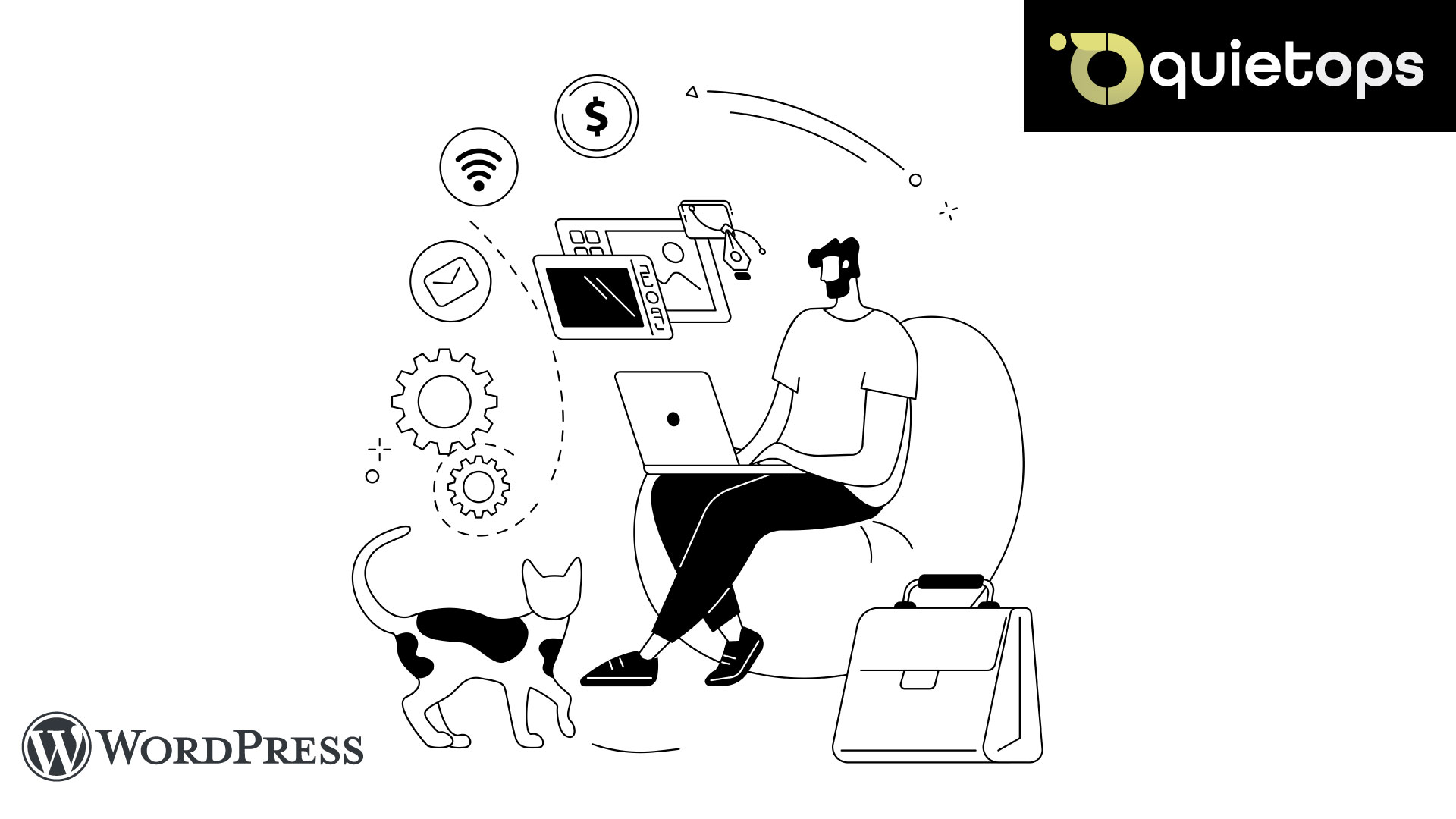
Updating your site is simply part of the job. The other part is testing it after.
Problems that were missed:
- Pages for checking out are broken
- Pop-ups don’t work
- Forms that go away
In the Real World:
After an upgrade, a dental clinic’s booking form disappeared. For two weeks, they had no idea.
You are asking for trouble if you don’t test after an upgrade.
15. Using one-person teams without backup
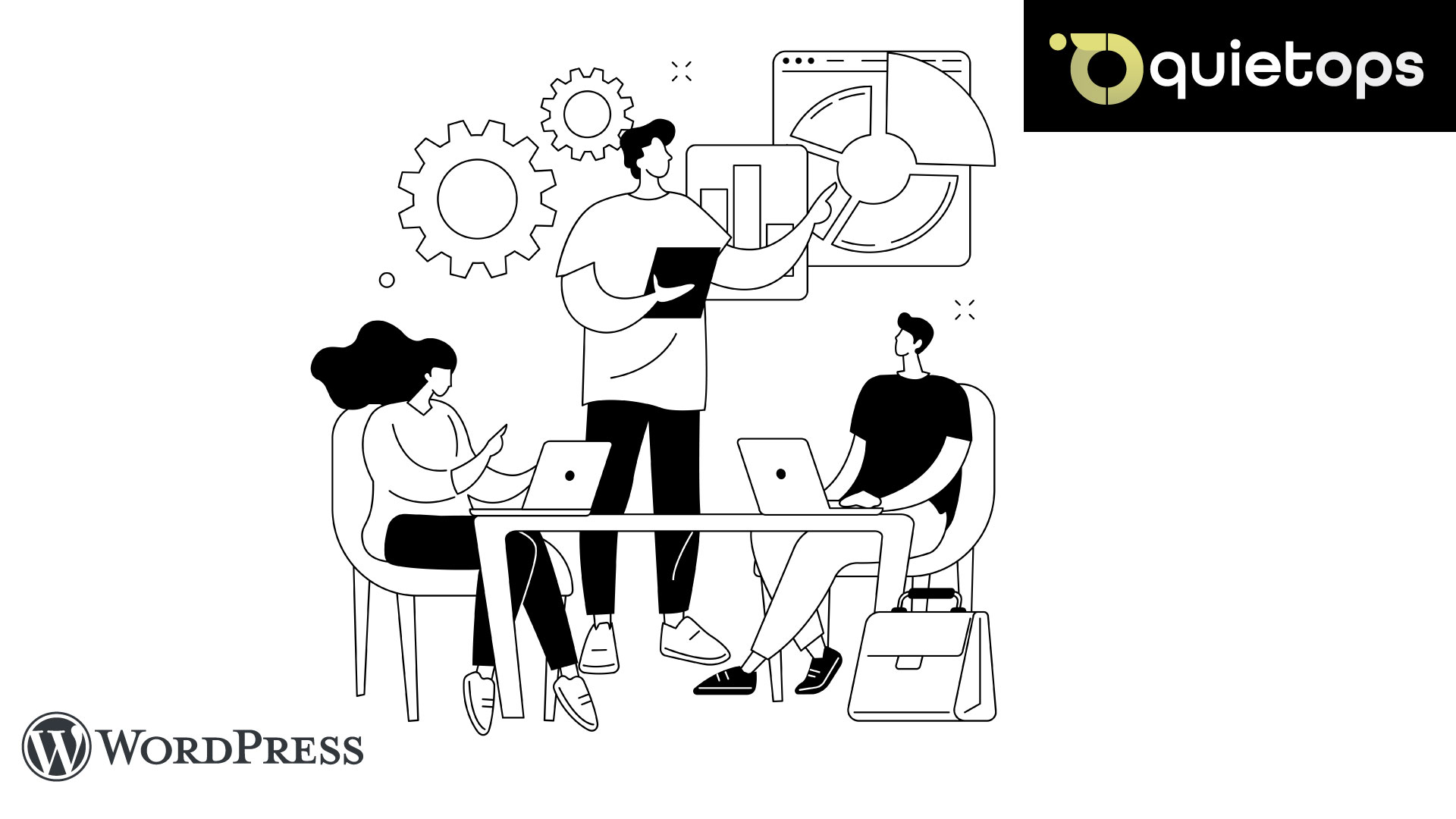
What if the single person who works on your website gets sick or quits?
Things that could go wrong:
- No paperwork
- No passwords or logins that are shared
- Fixes that take too long and outages
What to Get Ready For:
- Extra systems and backups
- At least two people who can access the admin
FAQ
1. What do WordPress website maintenance services do?
WordPress maintenance services are ongoing duties and support operations that help keep a WordPress website secure, quick, functioning, and up to date. Most of the time, these services include updating plugins and themes, making backups on a regular basis, checking for viruses, and improving performance.
2. Why is it important to keep your WordPress site’s plugins and themes up to date?
Plugins and themes are often the focus of security holes. Regular updates fix security vulnerabilities, add new features, and make sure that your site works with the WordPress core. Not updating can break your site, make it incompatible, or leave it open to security holes.
3. How does keeping WordPress up to date make your site safer?
Maintenance includes setting up the firewall, screening for malware, protecting against brute force attacks, keeping an eye on file integrity, and installing security patches. These methods help keep data safe, keep search engines from blacklisting your site, and stop people from getting in without permission.
4. What do backups do for maintenance, and how often should they be done?
Backups are highly important for getting things back to normal after a calamity. A decent method for keeping things running includes backing up files and databases every day or in real time and storing them off-site. This makes it easy to restore quickly if there are hackers, mistakes, or failed updates.
5. How can keeping up with maintenance make a WordPress site work better?
Services that speed up loading times include image optimization, database cleaning, lazy loading, and script minification. Faster websites give users a better experience, keep them on the site longer, and rank higher in search engines.
6. Does keeping up with WordPress assist with SEO?
Yes, the answer is. A site that is well-maintained has less downtime, loads faster, has no broken links, and makes sure that SEO plugins are up to date and working. Search engines give higher ranks to websites that are dependable, fast, and safe.
7. What is uptime monitoring, and why is it important?
Uptime monitoring keeps an eye on how often your website is up. The program gives quick alerts if a site goes down so that problems may be fixed right away. Long periods of outage can cost you money and hurt your users’ trust.
8. What does a maintenance provider do when there are plugin incompatibilities or site errors?
Before putting upgrades on live sites, professional providers evaluate them in staging settings. They fix conflicts by finding the plugins or themes that are causing problems, looking at error logs, and going back to backups if they need to.
9. What are the differences between manual and automated maintenance?
Automated tools can do simple jobs like backups and updates, but having a person in charge makes sure that changes are checked by a person, errors are handled in detail, and decisions are made based on strategy, especially during complicated updates or bespoke development.
10. What should be part of a full WordPress maintenance package?
A full plan should include:
- Updates for the core, plugins, and themes
- Backups on a regular basis (daily or in real time)
- Monitoring uptime 24 hours a day, seven days a week
- Scanning for security holes and cleaning up malware
- Improving performance
- Help with technical problems and issues
- Optimizing a database
- A safe place to make changes
- Monthly reports and analysis
In conclusion
Your site is at risk because of single points of failure. Make yourself stronger before it’s too late.
In conclusion, here are some reasons why you can’t ignore these problems.
People often forget about website upkeep, but as we’ve proven, it’s really important for keeping your business safe, credible, and visible online. If you don’t pay attention to these things, you could lose money, trust, and peace of mind that you don’t have to.
If you use WordPress and want to stop worrying about these maintenance problems, you might wish to hire professionals like QuietOps. They offer full, continuing assistance so that your site works perfectly, and you don’t have to do anything.


